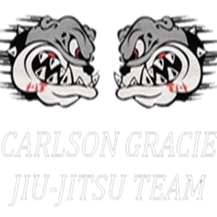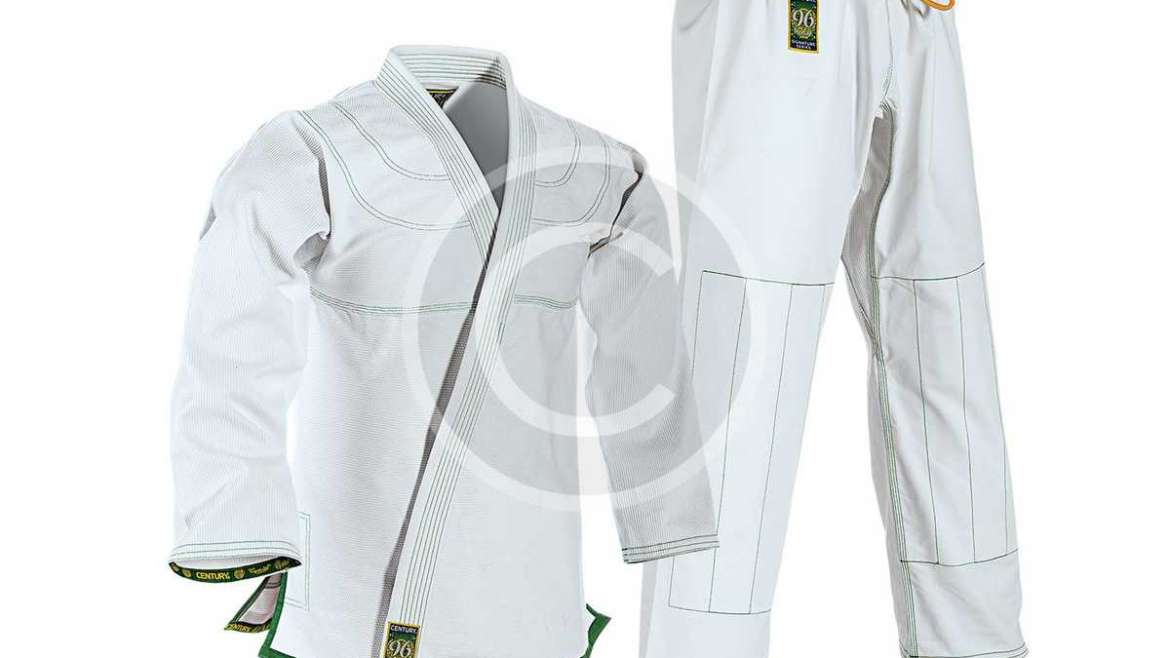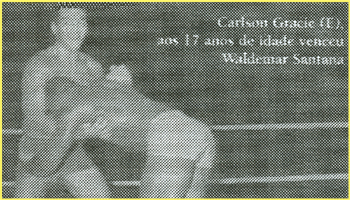About Brazilian Jiu-Jitsu
Brazilian Jiu-Jitsu has its origins from India and Japan. Jiu-Jitsu literally means “soft art”. Jit-Jitsu is soft because it is based on the principles of leverage. It does not have brutality in the movements that are used – the movements are “Gentle”. Jiu-Jitsu was the martial art of the Samurai warrior for centuries.
With the modern methods of warfare introduced during the Tokugawa era, and the introduction of the Kodokan in 1802, Jiu-Jitsu was nearly forgotten. Only sportive aspects of Jiu-Jitsu were practiced, such as Judo, which involves throws, and Karate, which emcompasses strikes. A few forms of Jiu-Jitsu developed in the West, but it was mostly Judo with some wrist locks.
In the early 1900’s a Japanese diplomat and Jiu-Jitsu master named Maeda Koma immigrated to Brazil. Maeda taught Jiu-Jitsu to Carlos Gracie, who is the father of our Grand Master Carlson Gracie. During this period of time, Jiu-Jitsu went dormant in Japan. In Brazil, Jiu-Jitsu went through an evolutionary process which improved the efficiency and the effectiveness of the techniques. Jiu-Jitsu’s popularity in Brazil is second only to soccer. Popularized by its incomparable efficiency in self-defense and health benefits Brazilian Jiu-Jitsu is in high demand all over the world.




